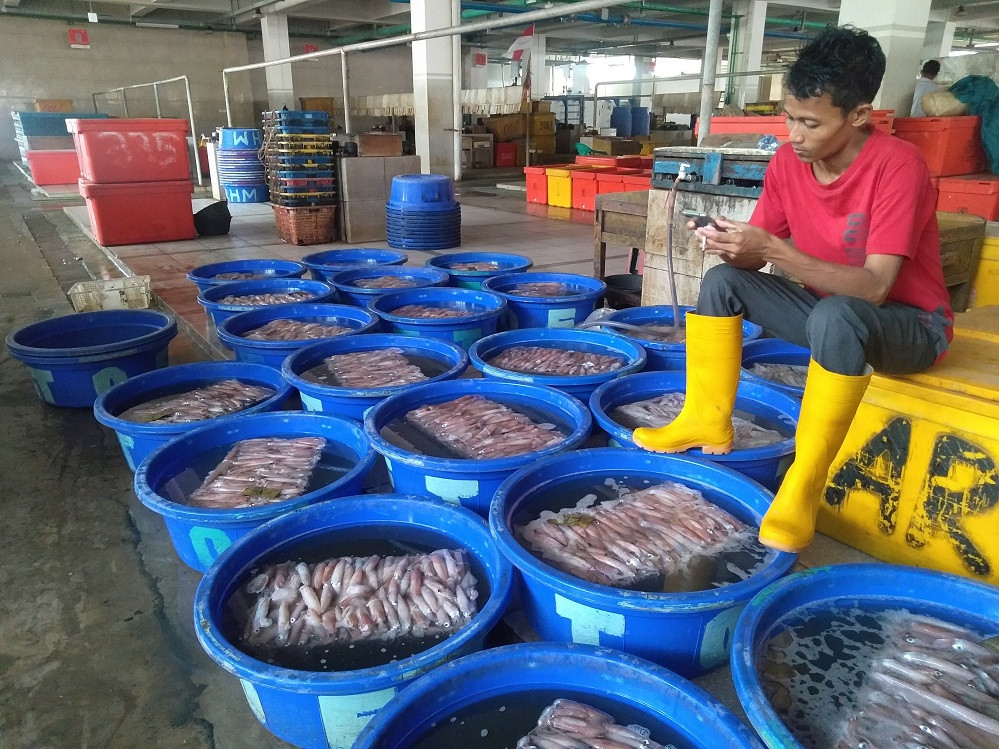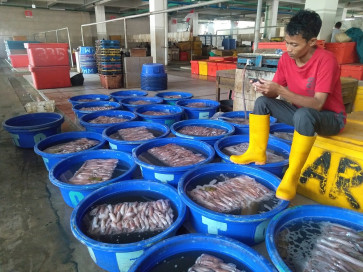Popular Reads
Top Results
Can't find what you're looking for?
View all search resultsPopular Reads
Top Results
Can't find what you're looking for?
View all search resultsMitigation for the fisheries sector in Trump 2.0
The main issues hindering exports and weakening the competitiveness of Indonesian fishery products must be comprehensively mapped, and lessons should be learned from other countries.
Change text size
Gift Premium Articles
to Anyone
A
lthough United States-China trade tensions have somewhat eased, stakeholders in the fisheries sector still need to implement mitigation strategies as the US remains the top export destination for Indonesian fishery products, valued at US$1.92 billion accounting for 31.74 percent of exports in 2024.
Both Indonesia and competing nations in the fisheries sector will face similar challenges, albeit with different dynamics, due to differing export structures and levels of dependency on the US market.
Thus, a more detailed analysis by species commodity is necessary. Trump's 2.0 import tariff policy will significantly impact the Indonesian fisheries sector, despite Indonesia ranking only fifth among countries supplying fishery products to the US market, with a 6.7 percent market share, behind Canada, Chile, India and China. There is a discrepancy of around US$107 million (5.59 percent) between US import data and Indonesia’s export data due to timing differences in shipment recording and container release.
Out of Indonesia’s top-10 export commodities to the US (based on four-digit HS codes), two fishery commodity groups accounted for $1.43 billion of exports: processed crustaceans and mollusks (97.47 percent being processed shrimp and crab), and frozen crustaceans (98.81 percent being frozen shrimp).
Over the past five years, exports of Indonesia’s processed crustaceans and mollusks to the US have been dominated by crab, shrimp and processed shellfish, with a high dependency ratio between 76.75 and 82.74 percent. However, the export value has declined from $998 million (2020) to $716 million (2024), reducing Indonesia’s market share from 25.11 percent to 23.37 percent.
Indonesia’s exports of live, fresh or frozen crustaceans have declined even more sharply, from $1.13 billion (2020) to $684.98 million (2024). The US market dependency dropped significantly from 64.34 percent to 49.27 percent, and Indonesia’s market share fell from 13.44 percent to 9.58 percent.
Globally, China and Indonesia dominate the processed crab market, accounting for 58.3 percent in 2023. When including Vietnam and the Philippines, the four countries control 72.33 percent of the global market.



















